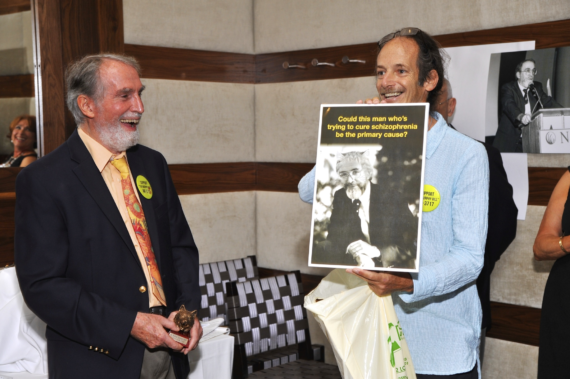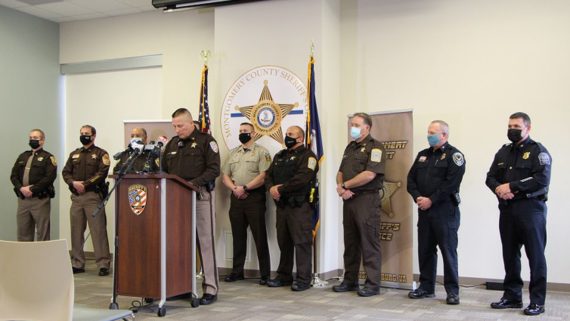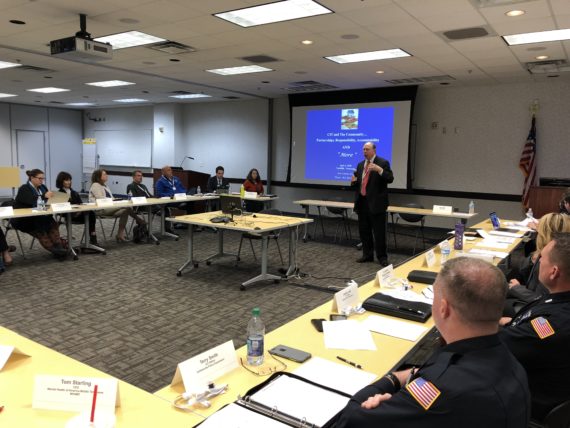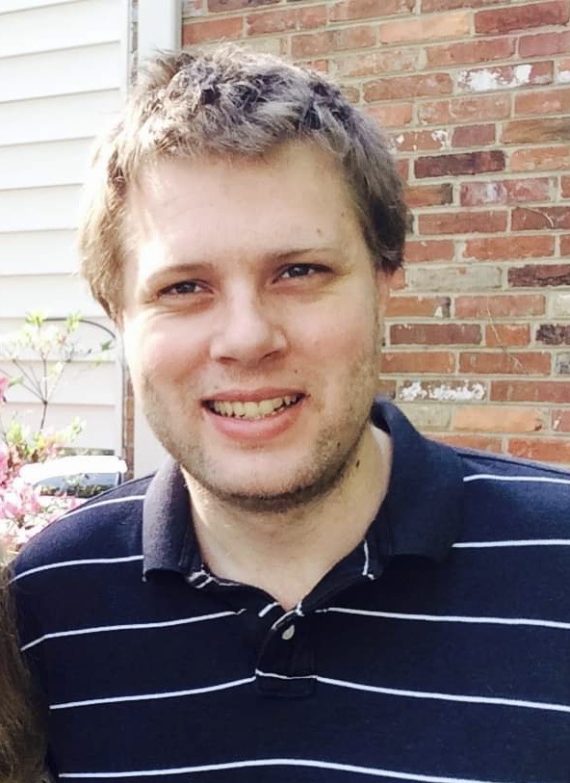
Image by mohamed Hassan from Pixabay
(5-14-21) Former Rep. Tim Murphy (R.-Pa.) wrote and pushed the most significant federal mental health legislation in decades through Congress during the final days of the Obama Administration. In this OP Ed first published in the Pittsburgh Post Gazette, he argues that serious mental illnesses are claiming more lives than COVID and calls for reforms, many of which, were stripped from his original bill. As with all guest blogs, the views expressed are the author’s. I welcome comments on my Facebook page.
Addressing the link between violence, serious mental illness
By Tim Murphy, writing in the Pittsburgh Post Gazette
Mass murders have already exceeded several dozen in 2021. The act is so abhorrent to us that we continually seek explanations in hope of finding a cause and cure.
Some blame the weapon (primarily firearms) and some the characteristics of the perpetrator such as the presence of serious mental illness (SMI), including schizophrenia and bipolar disorder. Global studies of mass violence report that perpetrator SMI is present in less than 10% of the cases, leading some advocates to suggest preventive efforts be directed away from mental illness.
Such action defies logic, facts and science.
Although SMI compromises only 5.2% of the population, the impact of their illness is far greater. According to the Treatment Advocacy Center, most with SMI are not violent; however, those with untreated SMI have 15-fold-higher rates of violence.







